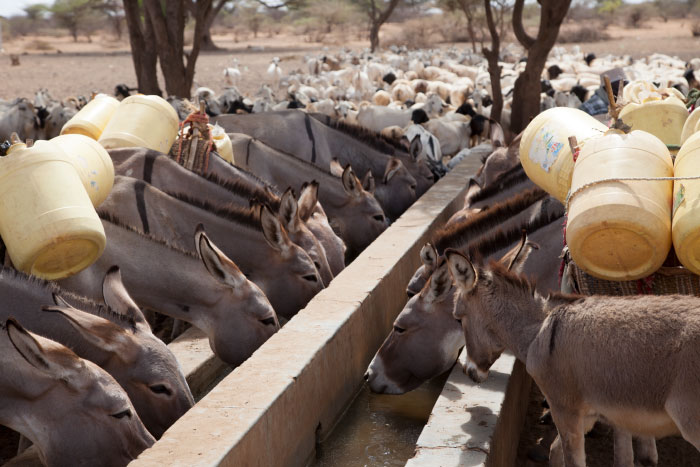Experts from Kenya’s National Drought Management Authority (NDMA) were trained in the use of Di Monitoring to track progress in the implementation of the organization’s strategic plan. The training, titled User Level Training on Project Monitoring and Evaluation took place from 28th to 31st May in Nakuru. The Di Monitoring tool will also help to link NDMA’s activities to the broader Ending Drought Emergencies (EDE) initiative. NDMA is the Kenyan government body charged with the responsibility of leading and coordinating the drought resilience agenda in Kenya. The training followed discussions with the IGAD Drought Disaster Resilience and Sustainability Initiative (IDDRSI) Platform Coordination Unit (PCU), which led to the NDMA experts’ interest to discover more about the updated version of the tool and its potential. NDMA’s upper management then sent a direct request to IGAD for support in the training and covered the costs of the training, to which 22 participants were invited. Mr. Jemal Mensur, Database Expert, Mr. Anthony Awira, M&E Expert, and Mr. Chucri Sayegh, GIZ Advisor to IDDRSI, led the training, which was supported by various partners, among them the African Development Bank and the German Development Cooperation through its technical arm GIZ. The training is part of efforts by the IDDRSI PCU to introduce a Unified Knowledge Management System (UKMS) in fulfillment of recommendations by the IDDRSI Platform Steering Committee. These recommendations place a strong emphasis on strengthening systems for measuring, monitoring and evaluating the collective outcomes of IDDRSI towards building the resilience of communities to drought resilience. Following these recommendations, the UKMS was developed by the knowledge management team of the PCU. It consists of a set of web-based technologies which included Di Monitoring. This tool, alternatively called IGAD Results-Based Management System (IRBMS), which is a monitoring and reporting tool being used by a number of resilience projects implemented by IGAD and the Member States. Other tools are the who-is-doing-what-where (3W) mapping tool to map and track resilience investments and geo-spatial technologies for visualization and the use of maps in the context of spatial planning. The training gave the opportunity for NDMA officers to successfully enter their project framework and by doing so to generate the required confidence in its potential. Ninety-five percent of the participants felt that the functionalities and capacities of Di Monitoring would be useful for monitoring and reporting. They also saw the extended possibilities for coordination, for instance by linking their work to the authorities at county levels. Expressing his appreciation to the IGAD Secretariat for availing the trainers, NDMA’s Chief Executive Officer, Mr. James Oduor stated that NDMA would strive to institutionalize the tool at national and devolved levels. He added that the institution would replicate aspects of the knowledge management tools that are adaptable to its specific needs. To this end, IGAD and NDMA developed a set of action points that would facilitate the provision of technical support from IGAD. The IDDRSI PCU plans to extend the experience of NDMA to the other IGAD Member States by inviting if possible, some of the NDMA officers to share their experience on the use of the tool and their process for adopting it within the institution.
More News
- IGAD to Showcase a Decade of Drought Resilience at African Climate Summit 2 September 5, 2025
- Strengthening Cross-Border Resilience: IGAD Hosts Joint Coordination Meetings in Mandera and Moyale Clusters May 20, 2025
- IGAD organised the 17th IDDRSI Platform Steering Committee Meeting, 6-7 June, Mombasa, Kenya July 6, 2024
- Knowledge Share Fair was organised on IGAD Cross-Border Resilience Programming July 6, 2024
- IDDRSI PCU Organised a Training on Survey Methodology for M&E Experts in Member States July 6, 2024
Events
No event found!

